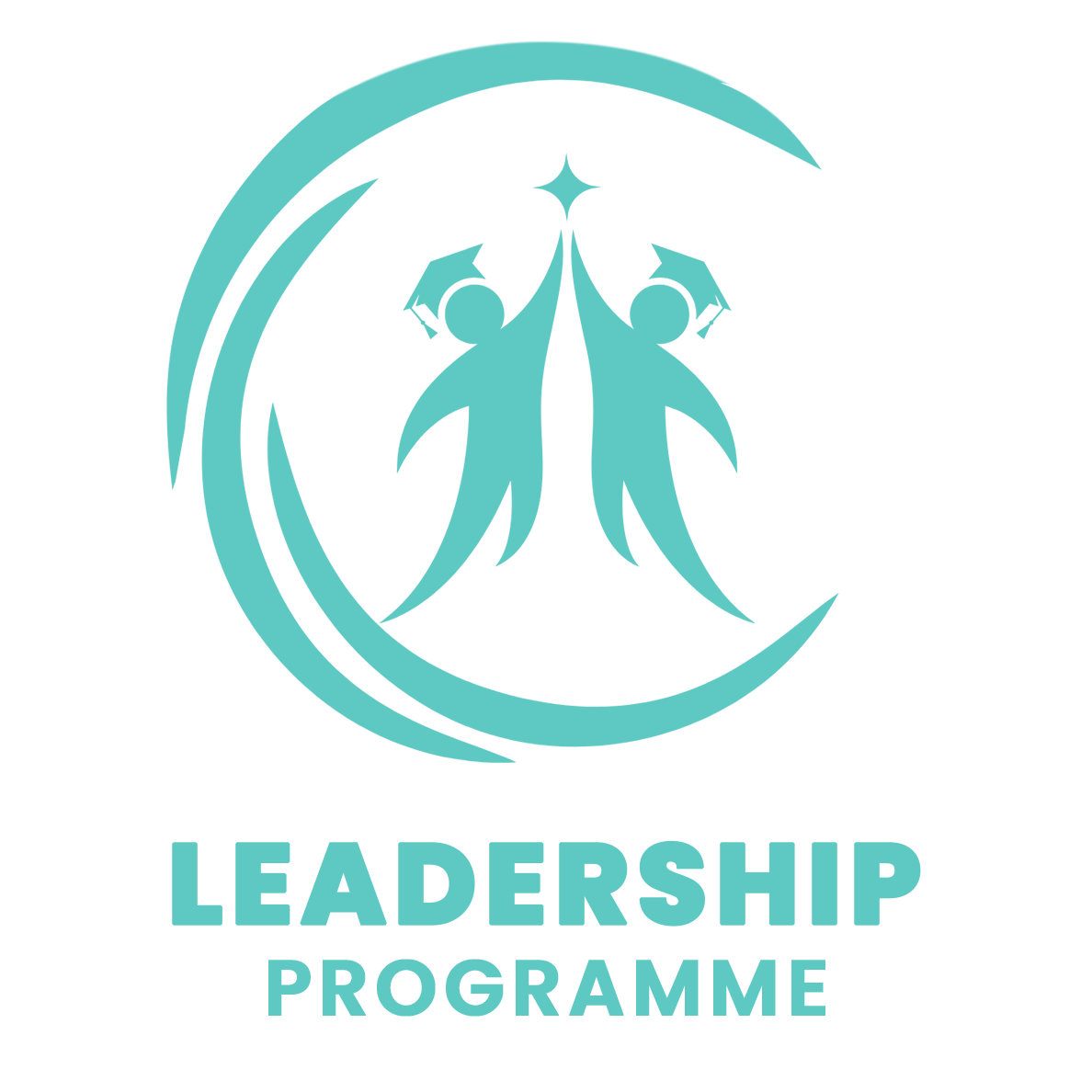
Policy as a discourse
Policy as a discourse
‘Discourse,’ as a notion, has grown more prevalent in contemporary political and economic thought. When it comes to the term, it is not always clear what different authors are referring to when they use it in their writing. Furthermore, it seems that the term “discourse” may have had a range of different meanings at different times throughout history. Among a collection of scholars who have resorted to categorizing policy as discourse, either directly or indirectly, in diverse ways, this study explores the multiple uses of the word ‘discourse.’ Discourse analysis has been determined to be effective in uncovering the reasons why progressive change has been so difficult to achieve by researchers who examine policy as speech. Their conclusion is based on the fact that reform measures are thwarted by opponents of change, as well as the fact that issues are portrayed in ways that are inimical to progressive aims, among other factors. Specific to this argument, the many ways in which “social challenges” or “policy obstacles” are fabricated in public discourse is brought to light and discussed in more detail.
The history of policy discourse to influence different actors
 When considering policy as speech, one must consider the concept that it is incorrect to conceive of governments as responding to ‘problems’ that are supposedly present ‘out there’ in the society when they aren’t. Therefore, the same policy recommendations that are suggested as “responses” are also held accountable for “forming” or “providing structure” to the “problems.” A discovery process was/is used in state policy intervention to expose “actual” social issues as a preamble to state policy interventions, and this process was/is used to identify “genuine” social problems before state policy interventions may be implemented. Alternatively, he notes with insight that this exercise ‘deploys categories in such a way as to refute the idea that the “discovery” of difficulties necessitated the discursive construction and abstraction of social activity categorizations.”
When considering policy as speech, one must consider the concept that it is incorrect to conceive of governments as responding to ‘problems’ that are supposedly present ‘out there’ in the society when they aren’t. Therefore, the same policy recommendations that are suggested as “responses” are also held accountable for “forming” or “providing structure” to the “problems.” A discovery process was/is used in state policy intervention to expose “actual” social issues as a preamble to state policy interventions, and this process was/is used to identify “genuine” social problems before state policy interventions may be implemented. Alternatively, he notes with insight that this exercise ‘deploys categories in such a way as to refute the idea that the “discovery” of difficulties necessitated the discursive construction and abstraction of social activity categorizations.”
An emphasis on discourse and policy concerns were brought together by Murray Edelman (1988), who was one of the first to do so. He admits his debt to Foucault, defining Foucault’s examination of lunacy, criminality, and sexuality as “tracing shifts in language that produce issues” (Edelman 1988, p. 12). This viewpoint holds that issues “are seldom addressed, save in the sense that they are periodically cleansed from common discourse or handled in other legal, social or political contexts as if they were separate problems.” The awareness of the discursive creation of policy issues, according to Edelman (1988, p. 16), results in the following definition of policy for Edelman: Therefore, a “policy” is a collection of changeable, varied, and conflicting answers to a spectrum of political interests.
Policy as discourse analysis is concerned with the ways in which language, and more broadly discourse, sets limits on what can and cannot be articulated. It is important noting how these emerging discourses were built in order to define the area, express the perspectives, and therefore indirectly constrain the options for education policy’. Discourses do not identify things; rather, they construct them, concealing their own fabrication in the process (Foucault, 1977). The language in these tales is designed to illustrate the ways in which bodies of information, interpretive schema, conceptual schema, and signals shape the landscape in ways that make change initiatives more challenging.
Policy is defined as ‘what governments do’ in conventional techniques. According to Burt (1995), some policy experts are ready to acknowledge that what governments refuse to do might be just as significant as what they do. However, we are still urged to think about solely the issues that are being discussed in political debates in these reports. In other words, it must be an intentional unwillingness to act that we are looking at in this case. An approach that views policy as a kind of discourse, on the other hand, encourages more in-depth examination on the contours of a specific policy debate, the shape that has been ascribed to a particular ‘issue’
An inclination to consider discourses as manifestations of values, values that are picked up by accident via what can only be defined as socialization processes, is seen in certain writers, on the other hand. In conjunction with the assumptions of other key political players, policy-makers’ assumptions put constraints on the range of policy possibilities that are judged viable for policy execution. In a similar vein, Mary Hawkesworth (1988, p. 82) emphasizes on the importance of ‘presuppositions’ in the formulation of policy discussions and policy. As a result of immersion and socialization in a specific culture, we are taught, these skills are gained via a process of indirect learning.
A further difficulty exists with the notion that policy-makers should merely enact policies that are consistent with the values they have learned via socialization. As a number of poststructuralists (e.g., McLeod, 1993) have pointed out, this results in persons being reduced to the status of helpless ‘objects’ in socialization processes. These are the motivations behind Bronwyn Davies’ insistence on the need of distinguishing between “the humanist idea of socialisation” and “the poststructuralist concept of subjectification,”. In this case, the challenge is to “the humanist image of one who fundamentally is, rather than being positioned as one who can or cannot talk in this manner or that.” As a result, people are positioned in relation to various and conflicting discourses, therefore creating a space for transformation. The vocabulary of’ socialization’ and ‘assumptions’ used by Jenson and Hawkesworth would almost certainly agree with this approach, but their usage of these terms tends to generate subjects who can be anticipated to talk in a single fashion.
Comparison of different discourse and different policy-makers
While both discourse and policy network strategies have been used to better understand the policy-making process, it is uncertain if the two approaches provide comparable results in terms of policy change. Leifeld (2013) and Bulkeley (2000) assess policy change using the discourse network technique, while Ingold (2011) and Fischer (2014) use the policy network method. Although it is unknown if such study would have reached the same conclusions if the other strategy had been employed, we find that the various analytic procedures provide results that are mostly equivalent, but with minor variances. To begin, policy and discourse network methodologies provide conclusions that differ in their emphasis on various types of players. The percentage of actors interested in expanding or constricting a problem is equal in the policy network; however, the proportion of actors interested in expanding or constricting a problem is bigger in the discourse network. The results may be seen as a feature of Germany, or of corporatist countries more broadly, in which organized interests (for example, industry) have formalized access to policy formation and execution. Expanders may get more involved in the policy discussion as a result of their lack of access to policy making. Alternatively, the data may be interpreted as the result of methodological technique specificities. It is probable that research using the discourse network technique will consistently emphasize expanders more than studies using the policy network method. It will be vital to compare expanders and containers’ access to policy forums (discourse/policy creation) in corporatist and pluralist states in the future.
When it comes to policy-making processes, both discourse network and policy network methodologies are applied. However, little study has been conducted on the similarities and differences in results associated with the two methods when it comes to policy reform. While policy networks often make judgments based on survey data, discourse networks typically make decisions based on media data that capture actors’ shared political beliefs. To make an informed choice on genuine data sources, researchers must first understand how disparities in data sources might affect the findings of their studies.

The architectures of policy networks and discourse networks are relatively similar. Both networks feature a low degree of polarization and a unitary structure, which differentiates them. The findings indicate that, despite the relatively slight changes in coalition structure, the methodologies for discursive and policy network analysis both underline the various games that actors engage in during discourse and policy creation, respectively. As seen by the discourse network’s low number of disagreement comments, participants are focused their efforts on promoting their preferred policy ideas. On the other hand, when it comes to policy formation, participants seem to be more concerned with avoiding negative proposals. These discrepancies are highlighted by the data collection methods: surveys explicitly ask respondents to identify which policy ideas they favor and reject, while the media often reports on policies that actors support. Both network models capture a significant degree of similarity across policy suggestions, however some distinctions emerge when policies are directed at end users, such as voters. Unlike the discourse network technique, which amplifies the visibility of such preferences, policy obscures them. The outcomes of this study may serve as a warning tale for future researchers who may discover that voter-targeted policies, such as demand-side policies, are sensitive subjects that emerge more prominently in discourse than in policy network methodologies. These distinctions have implications for how coalitions are understood and formed. Coalitions are created around common goals among actors. If, on the other hand, actors strategically hide (or emphasize) their preferences, scholars should evaluate how to include preference data into coalition analysis based on the venue (discussion/policy formulation) in order to provide conclusions that are consistent across approaches.
The discourse network’s architecture changes according on the time period covered by the observations. Despite the minor variations, it is worth noting that different time periods have an effect on the results. The conclusions would be more accurate if data for policy networks were obtained at many intervals during the year. As surveying political players on a continuous basis continues to be challenging, future research should focus on creative data collecting approaches that overcome survey research’s constraints (e.g., low participation) while still giving insider knowledge about the policy-making process.
Tag:education, leadership, policy






1 Comment
Great content! Keep up the good work!